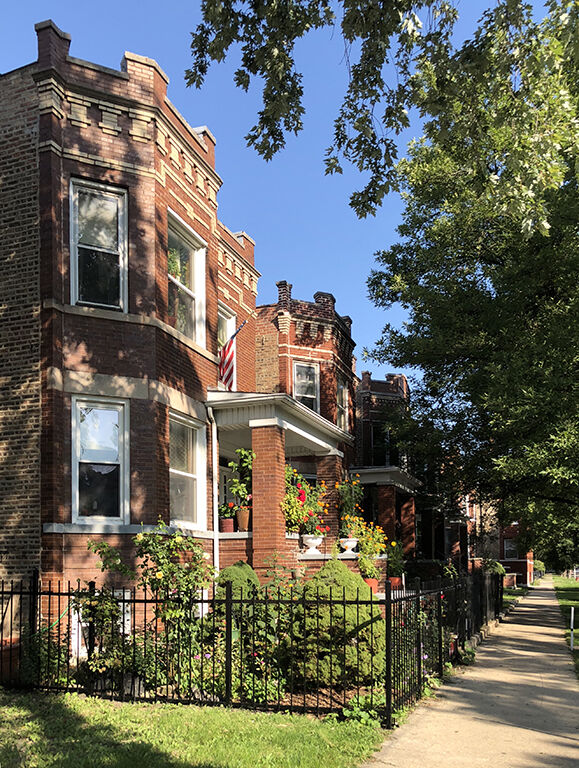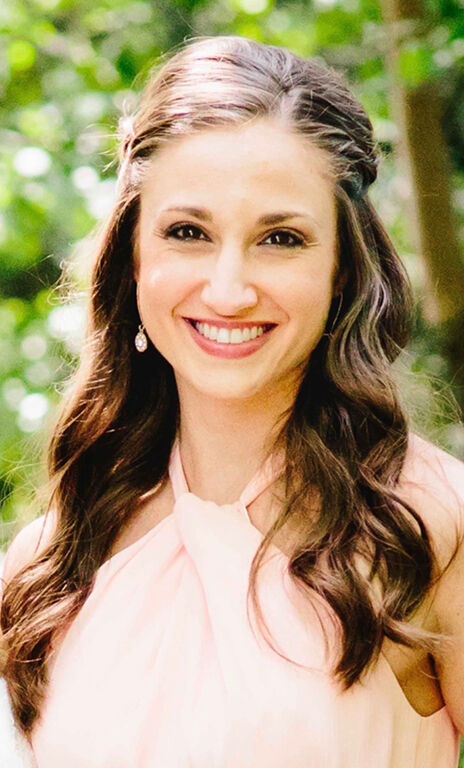
MS HPres Candidate Alyssa Frystak and Her Thesis on "Small but Mighty: Combating the Affordable Housing Crisis Through Small-scale Rehabilitation"

A 2016 MacArthur Foundation study found that 48 percent of Chicagoans are spending more than 30 percent of their income on housing. This means that nearly half of Chicago residents are considered to be “cost burdened.” Attempts are being made to combat this statistic through policies, programs, and incentives, but the need for affordable housing always seems to outweigh the available stock.
But how is the field of historic preservation contributing to the fight to solve the affordable housing crisis? Recently, many large-scale historic buildings have been rehabilitated or adapted for use as affordable housing. While these multi-million-dollar projects have provided some relief to the system, there are tens of thousands more small-scale historic buildings that could be used to add to the effort. Is there a way that historic preservation can utilize these buildings to lessen the “606 Effect” or help revitalize neighborhoods that have been experiencing disinvestment and decline for decades? Can measures be put in place to preserve buildings, while also preserving affordability?
My thesis will examine the tools that preservation can offer for the creation of affordable housing on a smaller scale. I will begin by taking a look at how affordable housing is being created in the City of Chicago today, including policies, programs, and incentives that either use general planning practices or historic preservation practices to achieve this. I will then broaden my scope in order to examine the different ways preservation is being used around the country to produce affordable housing. This will include exploring different preservation planning strategies and tools, as well as innovative local policies and incentives. After completing this survey of research, I will attempt to formulate recommendations for how Chicago can better activate its older or historic building fabric for use in affordable housing.
More about Alyssa

For as long as I can remember, I have been fascinated by history and the built environment. One thing that has always intrigued me about historic buildings is their ability to act as windows into our past. They not only serve as the locus of collective memory, but also lay the foundation for individual experience and cultural identity.
Our older building fabric helps tell the stories of our past, from the rapid development of our cities, to the disgraceful marginalization of entire populations. All of these histories, be they inspiring or painful, must be told in order to create a more inclusive record of our human experience.
My interest lies at the intersection of historic preservation, urban planning, and public policy and investigating ways in which these distinct, yet interconnected, disciplines can be used to break down racial and socioeconomic barriers to preserve communities. I hold a Bachelor of Arts in Architectural Studies from the University of Illinois at Chicago, where I am also concurrently pursuing a Graduate Certificate in Geospatial Analysis and Visualization. I am honored to be the inaugural recipient of the Mencoff Family Fellowship in Historic Preservation.
